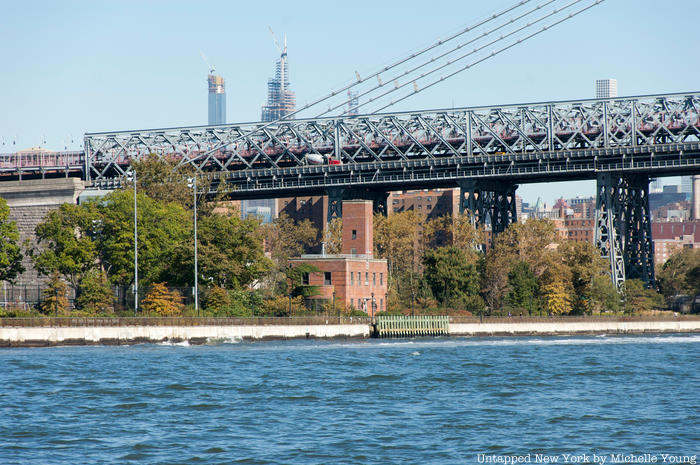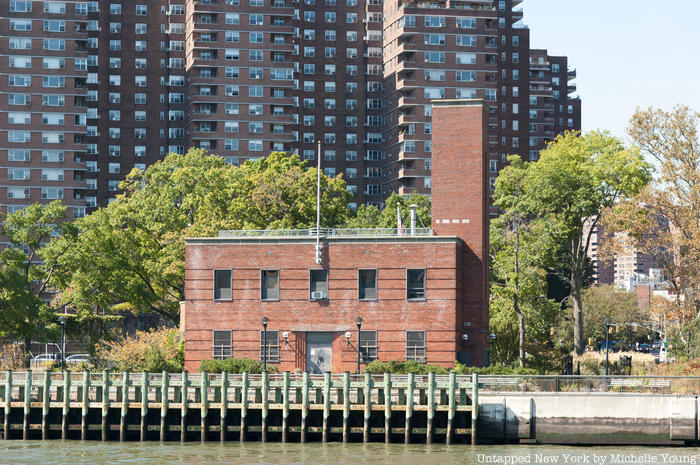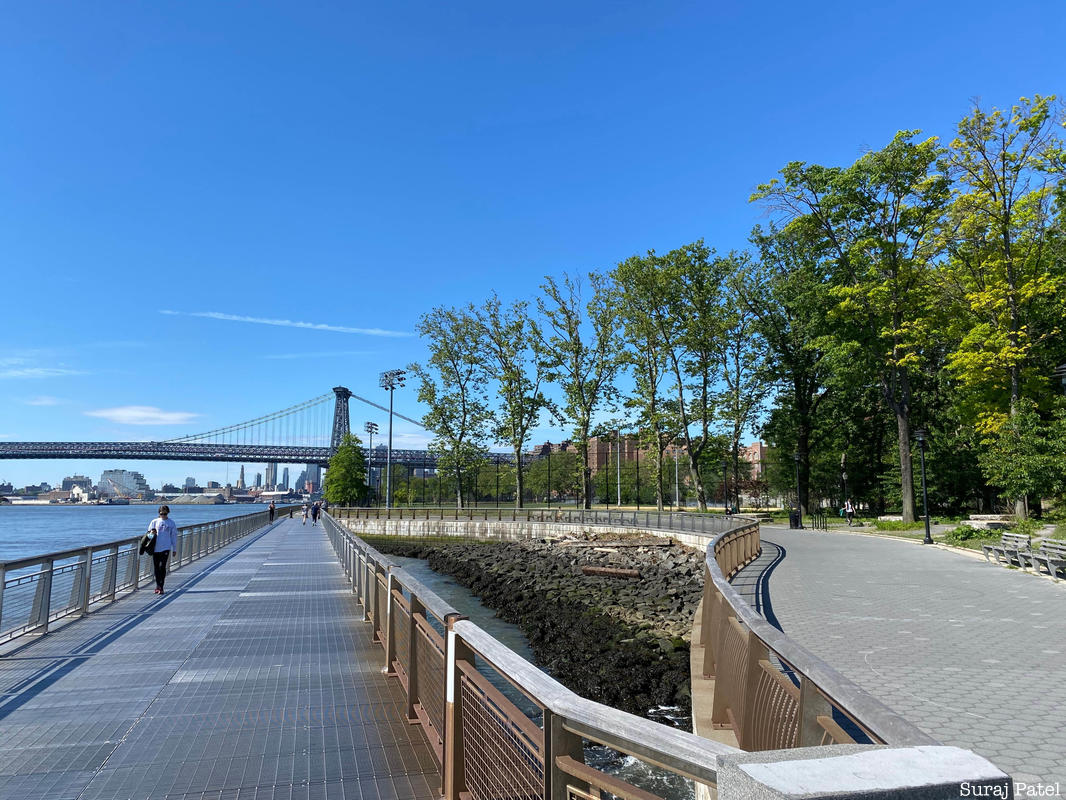As New Yorkers continue to grapple with the COVID-19 Pandemic, the importance of public spaces in our city has never been greater. That focus on our shared, open-air environments is all the more prescient in light of the city’s controversial East Side Coastal Resiliency Project (ESCR).
How the controversy began after the original plan, The Big U, was scrapped in favor of the ESCR: Following Superstorm Sandy, the Obama administration launched a design competition to implement solutions for climate adaptation. Rebuild by Design, was tasked with a multi-staged competition. The competition was a multi-year collaboration between experts, communities, and local governments. The De Blasio administration unexpectedly railroaded The Big U in favor of the ESCR. By doing so, he ignored the input of the community and experts who spent countless hours and dollars designing various proposals. Action’s like De Blasio’s railroading of the Big U lead to planning fatigue, which eventually leads to the community being discouraged from engaging in local planning.
The ESCR, which would remake a significant stretch of coastline along the Lower East Side, echoes the legacy of city planner Robert Moses, which was defined by cruel urban planning that prioritized cars and corporations over communities and conservation, cut off communities from the East River, and used concrete as a force of segregation by building walls and highways around much of New York’s immigrant communities. New Yorkers need a better alternative before it’s too late; one defined by sustainable innovation that uses urban planning as a tool rather than a political weapon.
It’s time to move away from New York’s “Moses Era.”

All plans for increasing climate resiliency should be coupled with the goal of fighting climate change. My proposal to cap portions of the FDR Drive with green space and create a living shoreline, as opposed to the hardened or grey shoreline planned in the ESCR, would accomplish both of those goals while saving taxpayer money, creating sustainable jobs, and increasing economic growth.
In 2012, Superstorm Sandy caused billions of dollars in damage and left much of lower Manhattan without power for days. In order to avoid another catastrophe, the government is considering plans to shore up the East River Coastline from flooding by building a sea wall. While it is laudable that the city council is taking steps towards making our city more resilient in the face of climate change, their plan has rightfully been met with pushback from community activists who fear an entire generation of New York kids will lose the ability to enjoy East River Park while it is being buried. These activists have recognized that this is a once-in-a-lifetime opportunity to reimagine the East River and New York’s relationship with our waterfronts.
 East River Park already has a hard, concrete shoreline
East River Park already has a hard, concrete shoreline
The current plan offers only temporary protection by burying the coast under eight to ten feet of landfill to build a ‘hardened’ shoreline. This is not a long-term solution, as recent estimates of sea-level rise around the island of Manhattan predict this landfill-based seashore would be inadequate in just 30 years. The ‘hardened’ shoreline would also wreck the natural environment by removing over 1,000 trees and disrupting existing migratory patterns. In addition, many public housing residents will suffer the adverse health effects caused by massive construction and potentially dangerous airborne non-organic materials.
A living shoreline would adapt and grow over time as our city – and our climate crisis – evolves.
A living shoreline is a far better alternative. Unlike the hardened, non-organic, and rigid landfill structure currently proposed, a living shoreline would adapt and grow over time as our city – and our climate crisis – evolves. According to the National Oceanic and Atmospheric Administration, a living shoreline provides erosion control benefits; protects, restores, or enhances natural shoreline habitat; and maintains coastal processes through the strategic placement of plants, stone, sand fill, and other organic structural materials. This includes beaches, salt marshes, oyster and mussel beds, reefs, mangroves, seagrasses, and regenerative ocean farms. It would serve as a natural buffer to aid in mitigating erosion, reducing flood damage, absorbing coastal storms and wave energy, and supporting critical ecosystems and habitats that sustain wildlife and coastal processes endemic to New York.
Living shorelines are more effective at providing climate resiliency than hardened shorelines. Existing but depleted wetlands saved New York and New Jersey $625 billion in damages from flooding during Hurricane Sandy. Restoring them as much as possible will save us even more during the next hurricane. Wave energy causes hardened shorelines to erode and rising sea levels mean they eventually will need to be rebuilt higher and higher. Living shorelines dissipate and absorb wave energy in addition to growing in height naturally as sea levels rise. While hardened shorelines destroy the environment, living shorelines help heal the environment by increasing biodiversity, sequestering carbon, and cleaning the water.
They also provide other positive externalities. They create a sustainable source of healthy food, agricultural feed, and fertilizer. Investing in living shorelines could create a market for ecotourism in New York City, which could raise money and awareness for climate change. CUNY schools could use the revitalized living shoreline as leverage to apply for federal sea grants and create various new degree programs such as marine biology, oceanic science, or ocean engineering among others. At 1/3 the cost of hardened shorelines, the savings could be reinvested in research & development for climate change and resiliency technology in addition to existing clean energy technology such as offshore wind farms and wave energy converters. This is green, natural infrastructure, and the kind of smart climate resilience system that will protect and preserve our communities for decades to come.
Replacing the East Side Coastal Resiliency Project with a living shoreline will serve as a model for the rest of the United States. Roughly, 40% of the American population lives in coastal counties. Scientists have pointed out that existing climate change policy proposals have largely ignored our wetlands. Our plan for New York can serve as a model for coastal areas around the world. Climate change must be tackled on a global scale, but the United States, and New York in particular, should be the leader in that fight.
The current pandemic crisis shows our leaders in government all too often lack the imagination and ambition 21st century problems require. This is a once-in-a-century opportunity to give New Yorkers back their coastline. If we cap the FDR with greenspace and build a living shoreline, we will give nature back to New Yorkers, while putting the Lower East Side, and the city as a whole, on the path of global leadership and long-term environmental sustainability.
Suraj Patel is running for Congress in NY-12. He is a first-generation American attorney, business ethics professor, who worked for Barack Obama. Suraj is a progressive Obama Democrat running to get Corporate PAC money out of politics and to restore the Promise of New York – education, opportunity, and mobility – for all.






